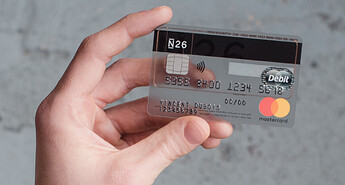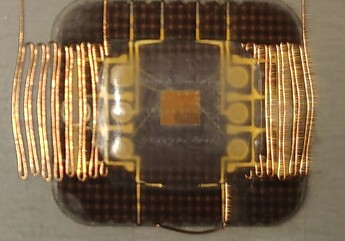Haha no, Taginfo totally shat the bed on this one. There is absolutely no availible information about the chip. And besides, I found out thay it’s not a good candidate for conversion anyway (it has a dual interface chip). Uniquely, one can see the internals because the card is made from transparent plastic.

